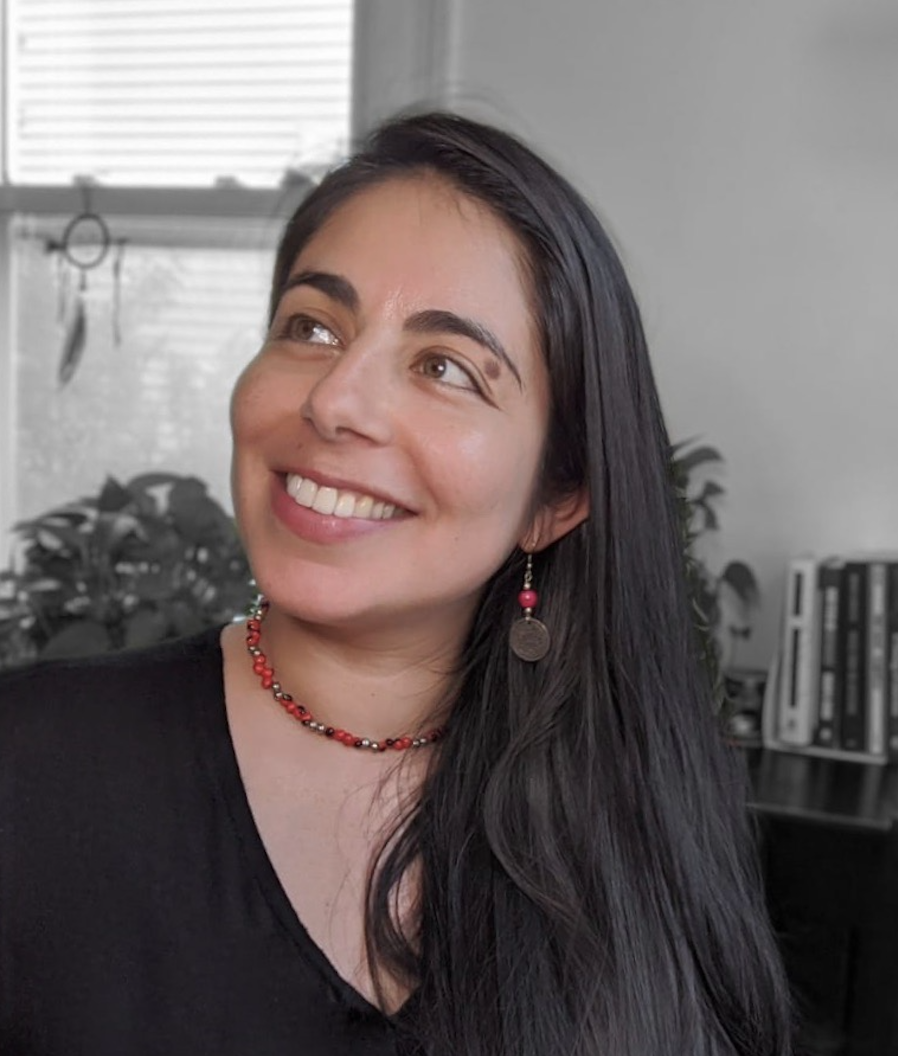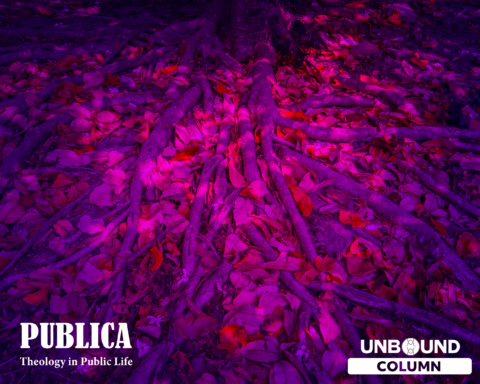As a result of a long European colonization process, indigenous people and their descendants in America have been forced to erase their identity, languages, and cultures. This identity struggle to fight for recognition has brought both trauma and pain. Indigenous people have been denied self-identification and self-determination, first under Spanish colonizers and then under English rules. There is an existential crisis resulting from the erasure that has been further exacerbated as millions of the native populations, brown people with Spanish last names, have been forced to adapt to labels such as “Hispanic” or “Latino.”
Throughout the American continent, the native cultures shared a vibrant trade and development from the Andes through to the Rockies. However, the encounter in 1492 with European invaders forever changed their indigenous ways of living. The continent was inhabitant by over 100 million people living in different nations and communities. The invaders forced these populations not to speak their language, cut their hair, changed customs and dress, and forced assimilation into what was considered “Western Culture.” The European invaders saw an opportunity for wealth, growth, and possession to the new world; for the native population, the result was genocide, slavery, rape, and trans-generational oppression. In history akin to magical realism, an entire population of descendants from indigenous women have transformed in the last decades to identify as Latin Americans rather than Native Americans. Because the Spanish invaders in the West and South taught a racial superiority similar to the English and assimilation was the only option for survival.
The United States perpetuated one of the most insidious acts of disappearance through a paper genocide. This act was “the deliberate and systematic destruction of Native American culture, language, and identity as a unique racial group who identify as the color of skin and geographic precedence”. Black/African American, White/European, Brow/Latin American. The erasure started on the East coast, where census officials between 1790 and 1840 registered native peoples as black, mulatos, mustee, or colored, resulting in millions becoming enslaved. This classification, framed by a white supremacist system, created an administrative archive of false documents to support the idea that only European descendants controlled the land.
One of the most significant westward expansions and land acquisitions came after the war and the Treaty of Guadalupe Hidalgo, which led to incorporating the current areas representing Arizona, California, Oklahoma, New Mexico, Utah, and Texas. However, this acquired land was not empty, but native people who lived under Spanish rule for over 300 years were incorporated. Just as on the East Coast, European colonizers subsumed native populations and forced another round of assimilation. This erasure of indigenous roots is neglected in the history books, but it continues until this day.
According to the United States Census Bureau, one in five individuals identified as “Latino,” becoming the largest of all minority populations. For the US government, Latinos are any person who speaks Spanish, has a Spanish last name, or colonized first by the Spanish. However, the question remains: How an amalgamation of different indigenous groups conquered by the Europeans develops into one pan-ethnic group?. In the United States, government, academics, and industry designed the various labels to create a commercial and political voting block for disparate groups to increase governmental and economic power. Today, the forced labeling as Hispanic (Descendants of Spanish) or Latino (person who speaks a language derived from Latin) regardless of ancestry is another paper genocide. It is a convenient label to place everyone under the Latino because it suggests an easy scapegoat for societal problems. We saw this under the Trump administration, where the term became synonymous with economic issues and crime. This racial system believes that the “Latinos” are farmers, work in construction and landscaping, clean houses, and likely crossed the border without “authorization aka illegal.” Similar to the colonial time when they saw indigenous as uncivilized and wild people, their descendants are treated in the same way.
We know that the United States government rules under the ideology of white superiority, the settlers’ social construction who continue preaching a partial history of the country’s creation. Today, more than ever, young generations are looking back to their family history, their ancestors to find out more about their native heritage and start a process of decolonization. For many “Latinos,” identifying as indigenous or descendants of native Americans is more accurate. Labels such as Hispanics, Latin, and Latinx hide and attack those on the path towards their real identity and decolonizing oppressive labels. This decolonization process will not happen overnight, but it will empower people to seek their ancestral roots and define their identity by their ancestry and family history, not under the gaze of normative white structures or the worse-end ideologies of white supremacy and racial scale.
To start this process, we must considerer the first step toward decolonization:
- Recognize that even after five centuries of colonization, indigenous people and their descendants have the right to self-identification.
- Native American descendants have the right to be connected and recognize where our ancestors lived and worshiped.
- We need to understand that the language we speak today is the result of Europeans’ imposition, if we have a Spanish or English last name, that is not our ethnicity but a reflection of assimilation.
- Lastly, we need to be ready for the tough conversations that set the record and history right regarding land theft, physical genocide, paper genocide, a genocide that has occurred.

Yenny Delgado-Qullaw (she/her/ella) Social psychologist and contextual theologian. She writes about the intersections between politics and faith.






Unbound Social